How to address security threats to the mining industry
 Feb 25,2020
Feb 25,2020

 JLKJ
JLKJ
How to address security threats to the mining industry
In November 2019, local gunmen killed 37 employees of Canadian miner Semafo who were travelling to work at the Boungou mine in Burkina Faso, raising awareness of the dangers faced by mining majors operating in foreign countries. GlobalData’s mining technology writer JP Casey looks at the security issues.
Casey said: “The risks involved when exploring for and exploiting mineral deposits is possibel avoided by wearing safety helmets, safety mining lamps and safety clothes etc. But how can mining companies mitigate these risks involved attacks by militants?”
Charles Dumbrille, President of the Mining Security Working Group told GlobalData: “Generally speaking, the first step is to identify the risks and to stop ignoring them. When an incident such as what happened in Burkina Faso occurs, the industry says the risks have increased. The risks have not increased; they have just been ignored. For many years, reliable analysis on Burkina Faso has been providing assessments and security recommendations that have been ignored. To date, there were about 460 attacks that are suspected to have been perpetrated by militants in Burkina Faso in 2019. Out of these, 10 attacks targeted established and artisanal mining sites. Additionally, three attacks targeted mining convoys over the course of the year.
“The Semafo attack further highlights the important volatility witnessed in Burkina Faso’s Est Region, where armed bandits and militants operate relatively unhindered due to the shortcomings of the local security apparatus. The attack reflects the inefficiency of the measures taken by the authorities.”
Martin Taylor, Associate Director at security firm AKE International, told GlobalData: “It is the old-fashioned security around access control that is being talked about: the safety of the staff and the safety of the products, all those things that need to be built in. But then there is the additional security issues which need to be overcome regarding getting the work force in and out of that facility.
“People are not stupid. They know for a fact that to get to that facility, the only way it is possible is either fly everybody in by helicopter, which is very expensive, or land at the airport, drive from point A to point B where the staff is always swapped around and they always swap around their staff. They know that at certain times they’re going to move from point A to point B along that road, between these times; that makes them vulnerable, because if you’re predictable in what you’re doing, predictability makes you vulnerable.”

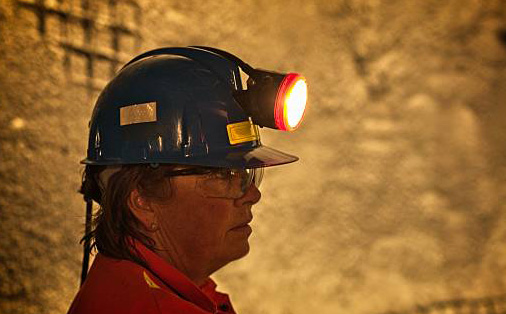






 HOME
HOME Mining World Russia 2020
Mining World Russia 2020  You May Also Like
You May Also Like
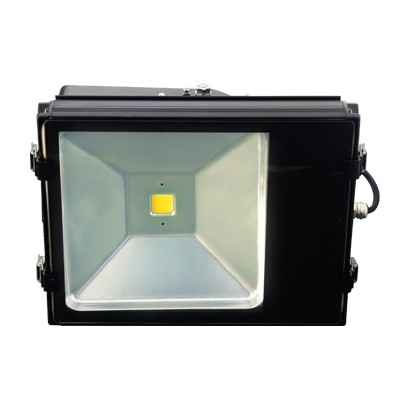



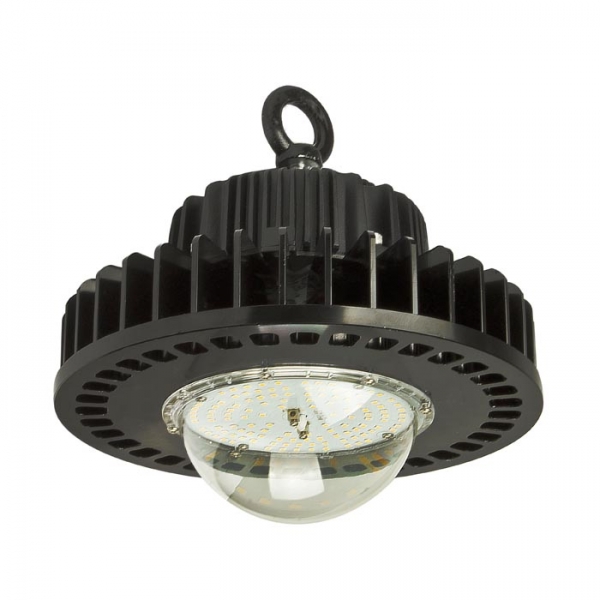







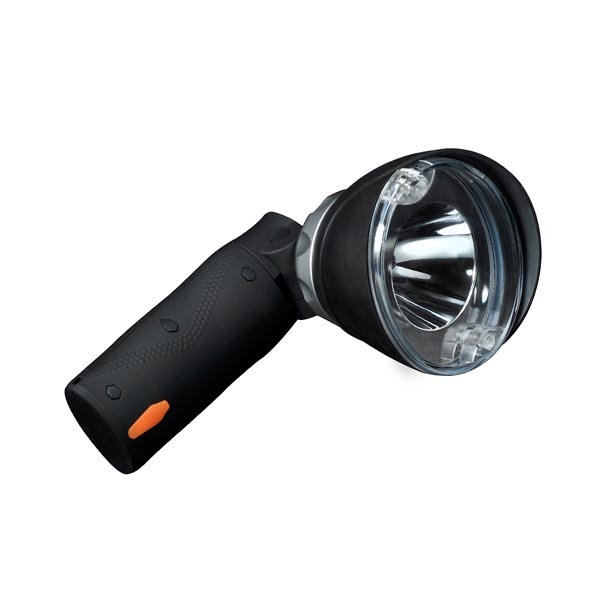
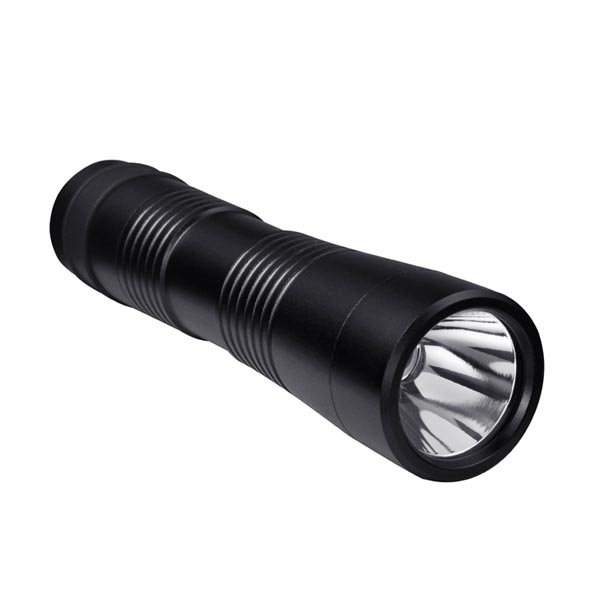
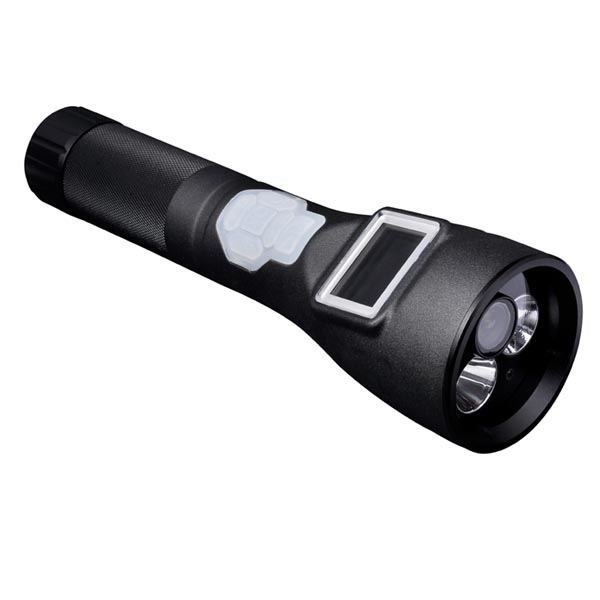
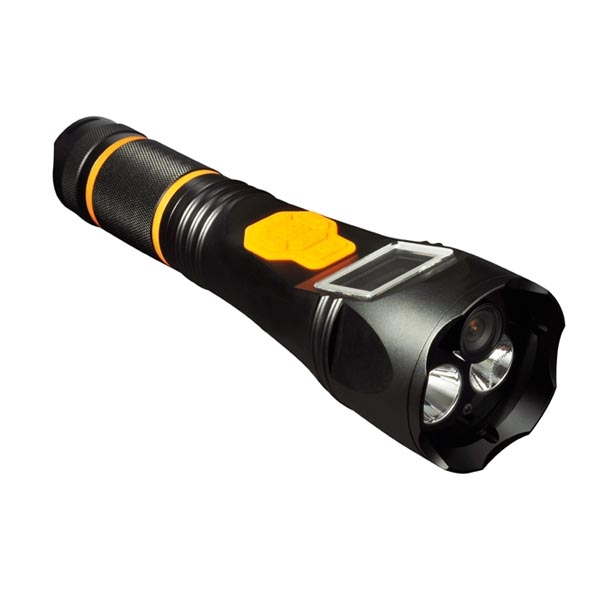
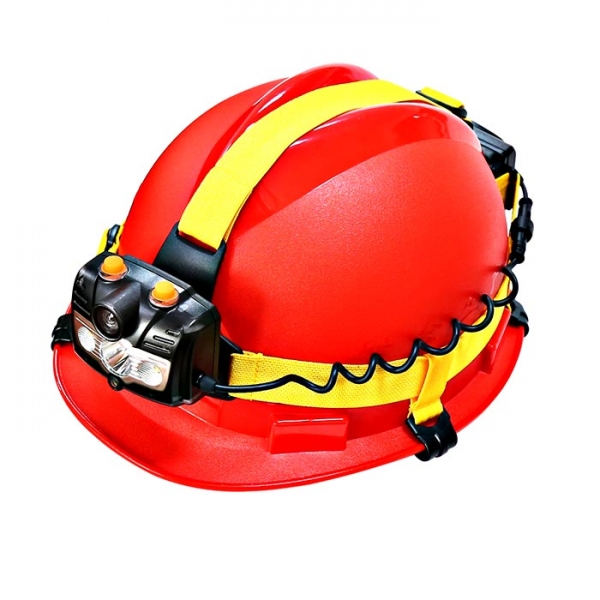
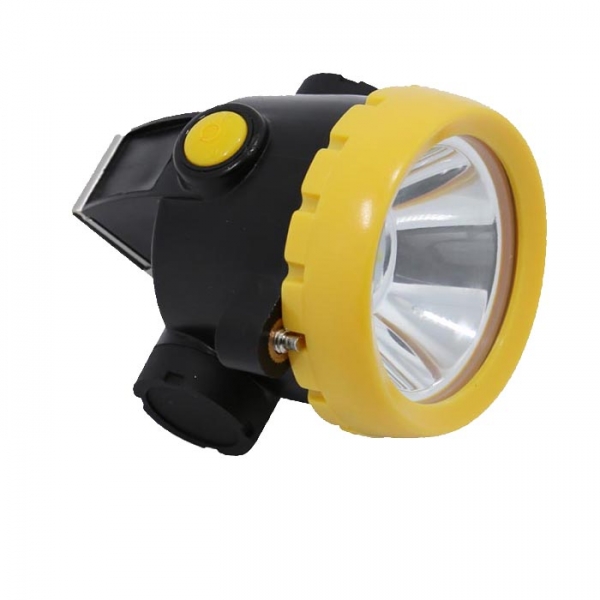




 Tel
Tel
 Email
Email
 Address
Address





